Parasound’s Budget ZPhono MM/MC preamplifier – A Killer Piece of Vinyl Kit
M.S.R.P. $420 (Canadian) as of 2023
In the House review by David Neice
Verdict: While providing top value is how the company cut its teeth, “budget” may not be the first word that pops into mind when Parasound equipment is mentioned today. With the evolution of the Halo line, developed by the celebrated audio engineer John Curl, Parasound now occupies a full shelf within the expensive high-end market. However, they still offer an entry-level priced phono preamplifier, the ZPhono, which fills the bill nicely for something that is compact and affordable. I pitted a ZPhono against some stiff competition, the trusty Cambridge Audio 640P, a widely applauded unit even if it is now getting a bit long in the tooth and has been replaced by other Cambridge units. The results were surprising. The ZPhono is a killer piece of kit and anyone looking for a budget phono preamp should have it on their must have list. Based on its sterling price vs. performance ratio, I have awarded it a Wall of Sound Gold Star.
Editor’s Note: To all subscribers who haven’t been receiving notifications: our sincere apologies. We have this problem sorted out now. Please be sure to visit the home page to see any articles you may have missed.
The Setting
There is no end of competition in the entry level phono pre-amp market. Rega, NAD, Cambridge Audio, ifi, Bellari, Pro-ject, Musical Fidelity and many others all have offerings, as well as numerous smaller players, e.g. the Six Acoustic York that I reviewed last year. Sometimes multiple ‘budget’ units are even on offer from each company. Pro-ject for example has about a dozen phono preamps available in both solid state items and tubed units. There are also plenty of offerings from these same companies in more upscale units but the emphasis in this review is on what you can get within the budget range.
Some phono preamps are tailored only to moving magnet or to low-output moving coil cartridges (see the Rega units for example). Then there are more flexible units that can handle both types of cartridges, and are switchable. Generally too there is a dividing line over price between units with fixed impedance and capacitance settings, and the more upscale units that offer further flexibility in these settings, either via DIP switches or by controls on the front or rear faceplates. For the money, and in today’s market, about $350 to $450 Canadian should enable you to purchase a new switchable (MM/MC) phono unit, with fixed impedance and capacitance, and on some units you will even get a sub-sonic filter switch. You won’t be buying a tube phono stage for that money, but you will be able to get good performance. The used market opens up other possibilities for even less expenditure. Literally hundreds of new and used phono pre-amps are available on-line, reflecting the renewed popularity of vinyl.
Description – Parasound ZPhono
This brings us to the Parasound ZPhono, a $420 (Canadian) wonder. The main design difference with the ZPhono over most in its price class is that it has a linear power supply within it, i.e. it doesn’t use a wall wart transformer. The Parasound ZPhono is housed in a sturdy case with solid build quality. On the bottom of the case is a switch for line voltage changes, a nice touch. Around the back there are input and output RCA connectors, a binding post for the turntable/arm ground and a switch to select either MM or MC cartridges. Another switch is present to set the phase for the AC voltage, and this may assist some users in finding the lowest hum level for the unit. Around the front there is a single (pale) blue/green light indicating that the unit is on – and Parasound advises that the ZPhono should remain on all the time: there is no on/off switch.
Installation is quick and painless. I fed the outputs of the Parasound into one of the AUX inputs on my Unison Research ‘Simply Italy’ single ended integrated tube amplifier, and everything was operational within minutes. The speakers I used were rotated during listening sessions, but I began with my current favourites which are the DALI Spektor 1’s and a sub-woofer, that have been holding my attention for several months. A discussion of the evolution of this budget speaker system can be found here.
The Trusty Cambridge Audio 640P
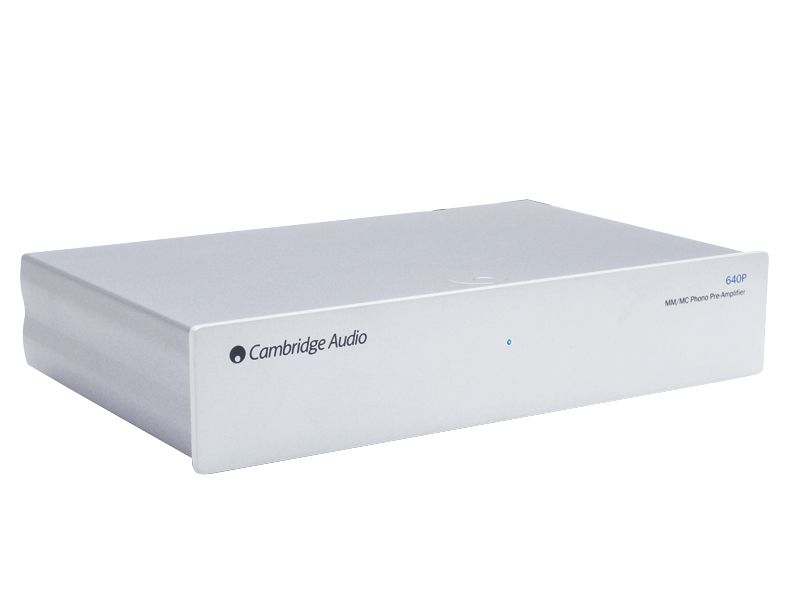 For several years, Cambridge Audio was pervasive in the entry-level phono preamp market with its former 540P/551P (MM only) and 640P/651P (MM/MC) models. These were widely reviewed and praised. Those two model levels are currently known as the ‘Uno’ and the ‘Alva Duo’, with the addition of a headphone amp in the Duo package. Once again, these newest models have benefitted from favourable reviews, but I expect that their basic circuits will be similar to the older models, and the sound field will share certain house characteristics. I thought it would be useful though to use a 640P phono preamp as a benchmark to test the Parasound through a direct comparison. So during the review period I systematically switched the Parasound for the 640P. The results were quite enlightening.
For several years, Cambridge Audio was pervasive in the entry-level phono preamp market with its former 540P/551P (MM only) and 640P/651P (MM/MC) models. These were widely reviewed and praised. Those two model levels are currently known as the ‘Uno’ and the ‘Alva Duo’, with the addition of a headphone amp in the Duo package. Once again, these newest models have benefitted from favourable reviews, but I expect that their basic circuits will be similar to the older models, and the sound field will share certain house characteristics. I thought it would be useful though to use a 640P phono preamp as a benchmark to test the Parasound through a direct comparison. So during the review period I systematically switched the Parasound for the 640P. The results were quite enlightening.
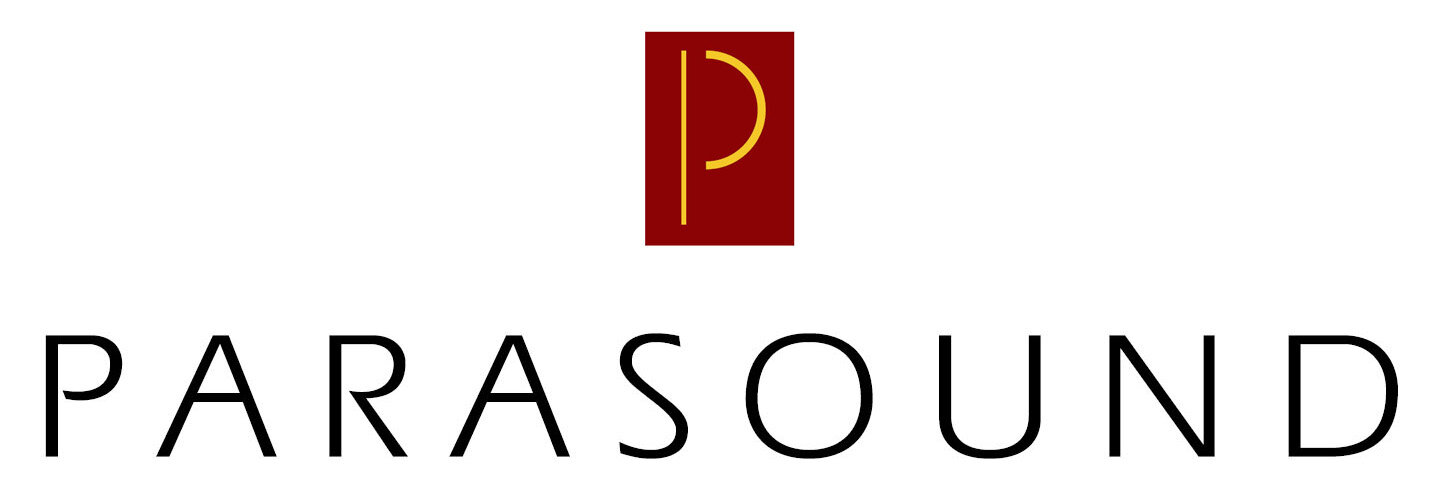 The Parasound Sound Field
The Parasound Sound Field
In a word or two, I would characterize the resulting sound field of the Parasound as having exceptional immediacy and rhythmic drive. The effect is breathtaking, really. The Parasound not only smokes the Cambridge unit, but it leaves no doubt which is superior. The Cambridge 640P sounds rather flat and lifeless in direct comparison, regardless of the cartridge used.
Although the RIAA performance of both units is for all intents and purposes identical, this certainly cannot account for the dramatic difference in the quality of the sound. So whether it’s the internal components used and the voicing that arises from the use of different capacitors, resistors and integrated circuits, and/or the noise reduction of the linear power supply, the differences are definitely audible. (that linear p.s. also allows you to use an aftermarket power cord)
Perhaps the best way to characterize the difference the Parasound offers is by referencing the difference between a typical moving magnet and moving coil cartridge. A moving coil is often described as revealing more inner detail and offering a more realistic sense of all instruments, but especially instruments that are highly dynamic such as drums and other percussion effects. This is exactly what the Parasound does. I was very surprised to find that the Parasound made the Nagaoka MP110 cartridge sound much more like a moving coil cartridge – even though it is a pretty modest sample of a moving magnet type.
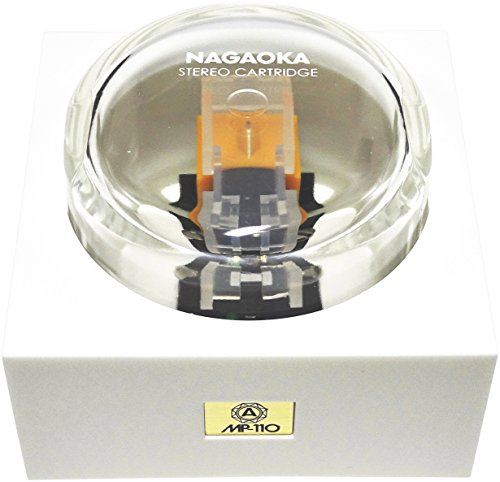 For instance I had not heard Andreas Vollenweider’s epic LP ‘White Winds’ in some time. Through the Parasound, and with the Nagaoka cartridge, it was like hearing it all again for the first time, The bells and harp notes that dominate track two of side one were alive with shimmering beauty, and the choral voices were rich with enhanced depth and detail. I was frankly stunned and began to draw out album after album to see what extra delights might be in store. Usually I was rewarded with extra insight into the recording. Vocals by Wlllie Nelson and Van Morrison were particularly compelling. Instrumental tracks for Stevie Winwood, whose voice is particularly hard to decipher, were clean and clear with tremendous impact and immediacy. With this phono preamp in place you might actually rediscover your whole vinyl album collection!
For instance I had not heard Andreas Vollenweider’s epic LP ‘White Winds’ in some time. Through the Parasound, and with the Nagaoka cartridge, it was like hearing it all again for the first time, The bells and harp notes that dominate track two of side one were alive with shimmering beauty, and the choral voices were rich with enhanced depth and detail. I was frankly stunned and began to draw out album after album to see what extra delights might be in store. Usually I was rewarded with extra insight into the recording. Vocals by Wlllie Nelson and Van Morrison were particularly compelling. Instrumental tracks for Stevie Winwood, whose voice is particularly hard to decipher, were clean and clear with tremendous impact and immediacy. With this phono preamp in place you might actually rediscover your whole vinyl album collection!
Cartridge Comparisons
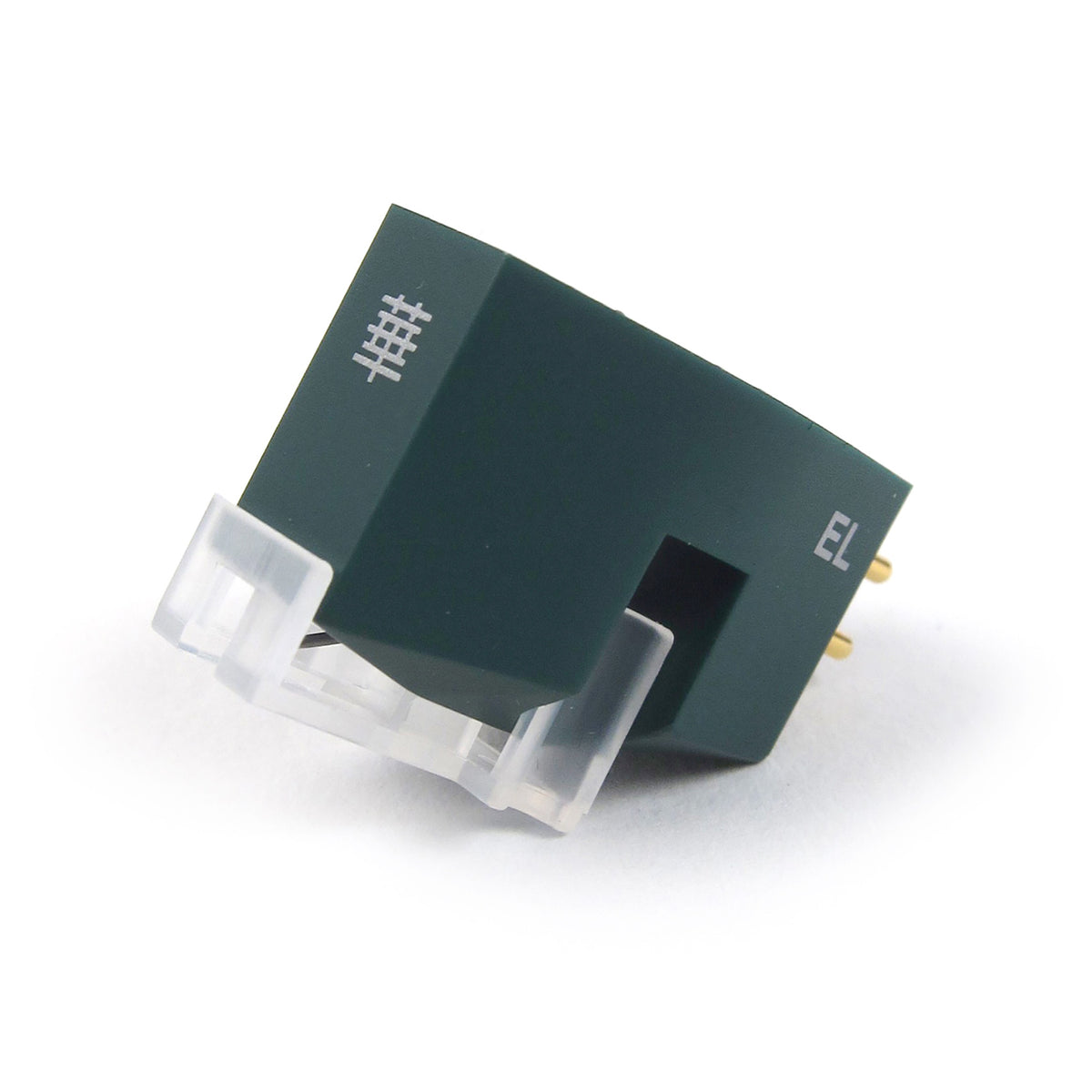 As noted above, I used a Nagaoka MP110 moving magnet cartridge as my first reference point, since this reflects the typical cartridge that might be paired with this Parasound at its price level. My initial impressions were highly favourable. The Parasound will likely complement any quality moving magnet type cartridge and give the owner an extra dose of hi-end like performance. In fact, I thought initially that this combination was all anybody really needs, as the sound field is highly satisfactory and almost moving coil like with its sense of extended inner detail.
As noted above, I used a Nagaoka MP110 moving magnet cartridge as my first reference point, since this reflects the typical cartridge that might be paired with this Parasound at its price level. My initial impressions were highly favourable. The Parasound will likely complement any quality moving magnet type cartridge and give the owner an extra dose of hi-end like performance. In fact, I thought initially that this combination was all anybody really needs, as the sound field is highly satisfactory and almost moving coil like with its sense of extended inner detail.
However, I also swapped my HANA EL moving coil cartridge into my Gold Note turntable and arm, to check out differences in cartridge type. This swap is a hassle as my Gold Note has a fixed headshell and the HANA was previously a real bugger to mount. However, thanks to some nice tips from Noam Bronstein, I was able to remount the HANA and all is well. So what did I think upon listening again to the moving coil?
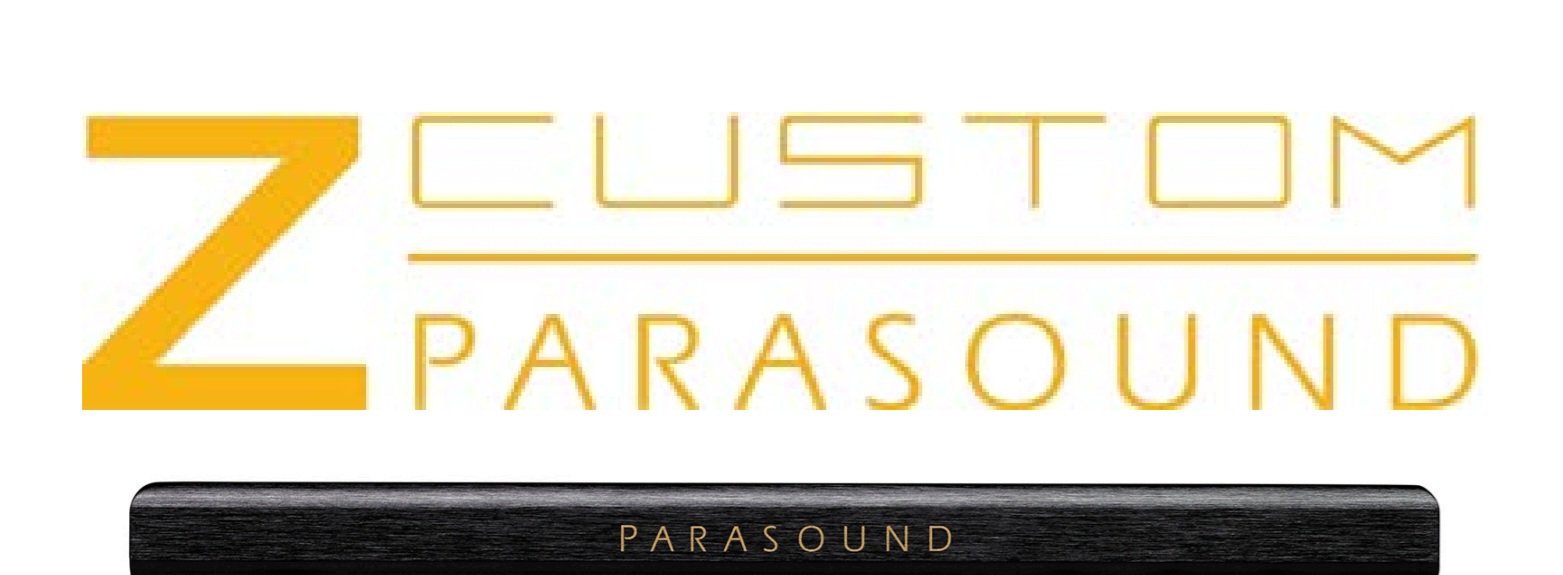 The HANA is a much quieter cartridge than the Nagaoka. There is much less surface noise and the pops and clicks of a less than perfect record are rendered less audible. I love this cartridge, and if you can afford it there is likely nothing else at its price that will better it, except perhaps the venerable Denon DL103, which requires careful arm matching. No arm fussiness accompanies the HANA.
The HANA is a much quieter cartridge than the Nagaoka. There is much less surface noise and the pops and clicks of a less than perfect record are rendered less audible. I love this cartridge, and if you can afford it there is likely nothing else at its price that will better it, except perhaps the venerable Denon DL103, which requires careful arm matching. No arm fussiness accompanies the HANA.
Through the Parasound, I continued to be surprised with its striking immediacy in the presentation of the sound field. As I write this I am two rooms away from my main hi-fi system, and yet George Benson is still coming through loud and clear. Essentially when the HANA is combined with the Parasound, there is still everything that the Nagaoka/Parasound combination offers, but just more of everything; more intimacy in details, more separation of musical lines and parts, and definitely even more immediacy in the sound field.
Speaker Rotation
For several months I’ve been listening to DALI Spektor 1’s, and ignoring my JMR Bliss Jubilees, which have been languishing in a corner. To do this phono stage review, I decided to put some spice in the mix and set up the JMRs. The JMRs do what they do quite well which is draw the listener in and provide a series of shiver moments and this is exactly why I bought them. The JMRs don’t load the room as nicely as the Spektor 1’s, and for the money the tiny DALIs are just a ridiculous level of value. However, while the JMRs are a much better speaker, they are definitely not ten times, even though they cost ten times what the Spektor 1’s do.
With the JMRs back in, and still using the Nagaoka cartridge I was again struck by the thought – ‘this is all you really need’. The purity of the treble is hard to match; you just want to dial up the volume. The separation of lines of musical information even on the densest and most congested tracks, such as Dire Straits ‘Telegraph Road’, was exemplary. I chalk this up to the resolving power of the Parasound ZPhono preamp. Once again, the immediacy of the sonic presentation by the Parasound just overwhelms the listener, and dynamic instruments like drums are rolled out with impressive smash and detail. I am not a drum guy, but the Parasound had me engaged with drums in ways I have not previously experienced. Kudos are due all around.
Conclusion
Around here at ‘Wall of Sound’, we are pretty careful about awarding any piece of gear special commendation. It must perform well beyond expectations and the price versus performance ratio has to offer a strong sense of sound value to our readers. Based on both its performance and price/value, I’m pleased to award the Parasound ZPhono a ‘Wall of Sound’ Gold Star. It is very highly recommended and I will be purchasing this review sample.
Parasound ZPhono MSRP $420 Canadian
Distributor in Canada: GemSen Distribution CE Division
Specifications
RIAA Accuracy: 0.25 db, 20 to 20kHz;
Gain at 1 kHz : MM, 46 dB, MC, 61 dB;
Input Sensitivity at 1kHz: MM, 5 mV for 1.1 V output, MC, .9mV for 1.1 V output;
Input Impedance: MM, 47K Ohms, MC, 100 Ohms;
S/N Ratio: MM, 84 dB, MC, 58 dB
Disclosure: Wall of Sound editor Noam Bronstein is also a Parasound dealer.

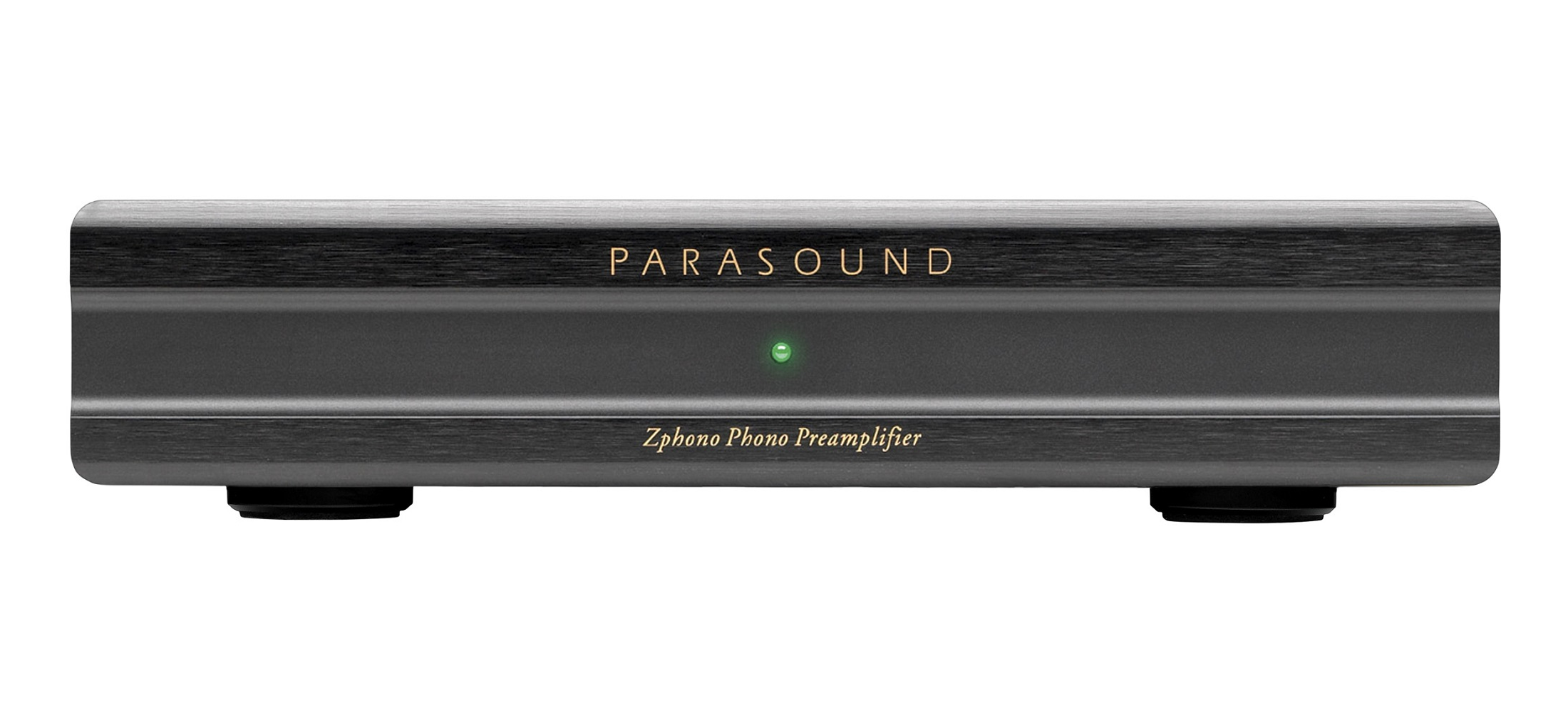



Hi I just bought a Zphono and was happy that I did after reading David Niece’s review on it.
His review was my deciding factor.
Hi David Dubros,
Thanks for the comments and enjoy the Zphono.
Cheers,
David Neice
Thank you for your review. I have just purchased the ZPhono XRM and am very pleased with it. I also possess a recently introduced iFi Zphono 3 which also sounds very good but I am impressed with the XRM’s design and particularly with the XLR connections.